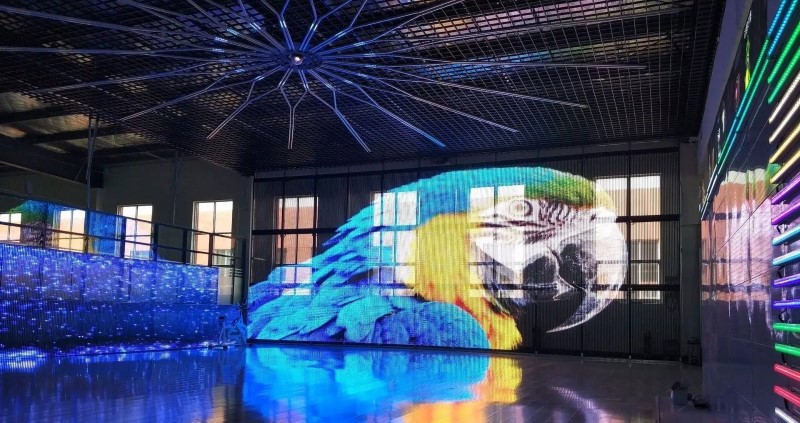LED display VS DLP splicing screen advantages and disadvantages of both
TV programs are becoming increasingly vibrant, interactive, and visually impactful, with the program background playing a crucial role. In recent years, LED display screens and DLP splicing screens have emerged as the dominant choices for program backgrounds. This article explores the technical features, performance, advantages, disadvantages, and key considerations when using these two types of display screens.Through bit by bit efforts, let led rental screen Our market share is getting higher and higher, and the return on investment is also rising steadily. https://szyhfled.com/
led display
1. LED Display Screens
LED, short for light-emitting diode, is a solid-state semiconductor device that directly converts electrical energy into light. LED display screens represent advanced digital information products, integrating computer technology, network communication, image processing, and embedded control technology. They offer flexible and customizable display areas and resolutions, high brightness, low power consumption, long life, and environmental durability. LED screens are commonly used in TV studios and large broadcasts, providing dynamic and vivid background images that enhance stage design and create an immersive experience for the audience.
While LED screens can deliver excellent visual results in studio settings, certain considerations must be addressed:
1. Smaller Dot Pitch: The smaller the dot pitch, the higher the resolution, allowing for closer shooting distances. TV studios often use screens with a dot pitch of 6-8 mm, but achieving a point-to-point display by matching the screen’s resolution with the signal source is crucial for the best results.
2. High Fill Factor: The fill factor, or bright area ratio, should be high to ensure uniform brightness and avoid grainy or glaring images. A fill factor of at least 50% is recommended, with some studios achieving even better results with a 60% fill factor.
3. Adjustable Color Temperature: The LED screen¨s color temperature should match the studio lights, which may vary between 3200K and 5600K, to ensure accurate color reproduction.
4. Appropriate Shooting Distance: The distance between the subject and the screen should be 4-10 meters to avoid graininess and interference in close-up shots.
5. Optimal Environment: LED screens must be used in a controlled environment with appropriate temperatures and minimal dust to ensure longevity and performance.